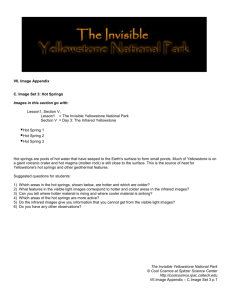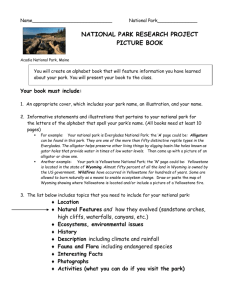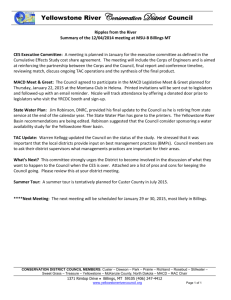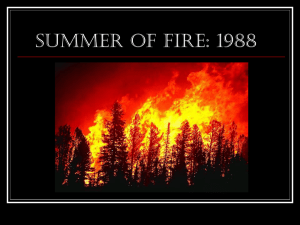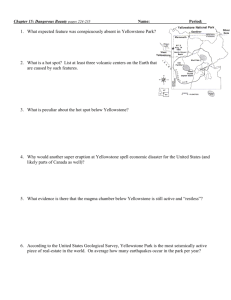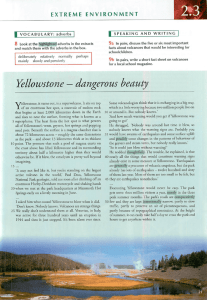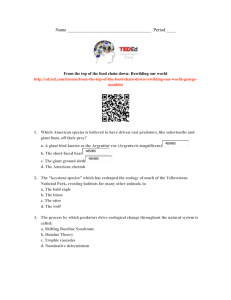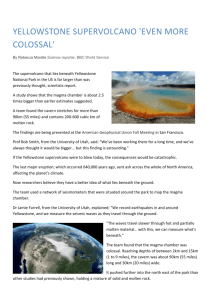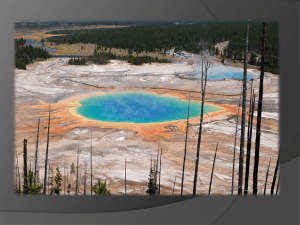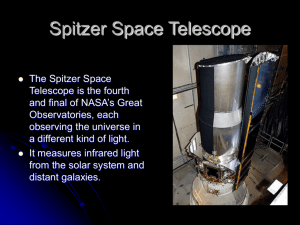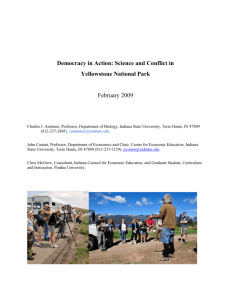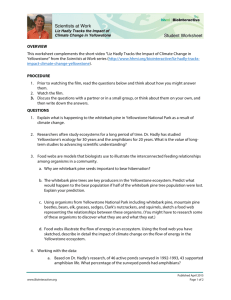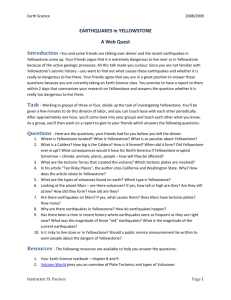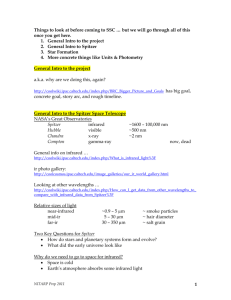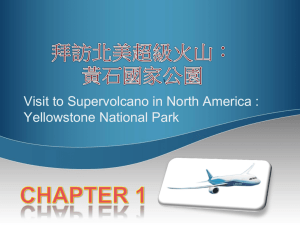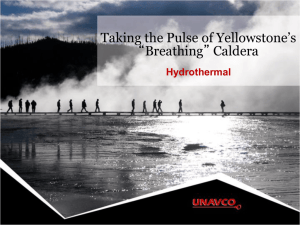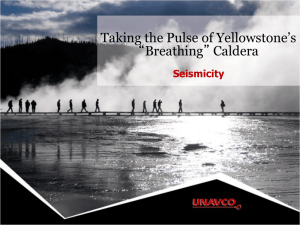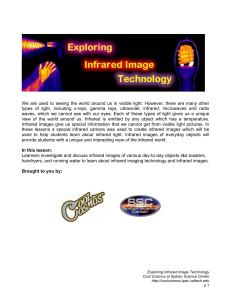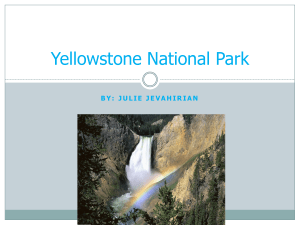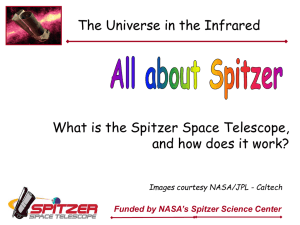MS Word version
advertisement
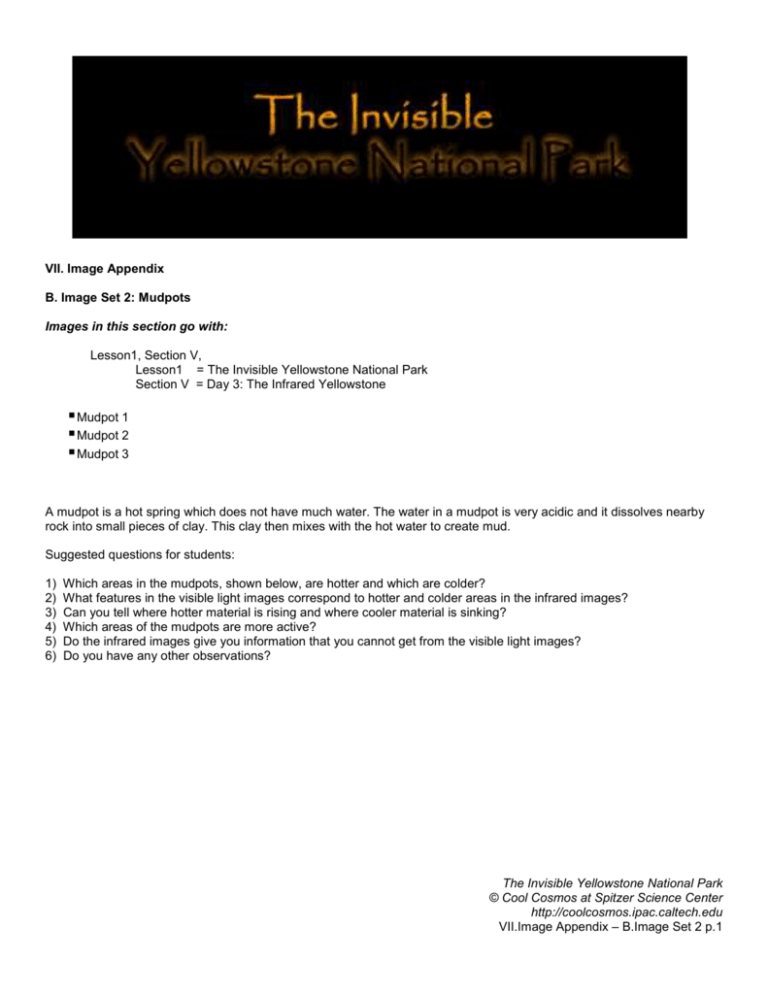
VII. Image Appendix B. Image Set 2: Mudpots Images in this section go with: Lesson1, Section V, Lesson1 = The Invisible Yellowstone National Park Section V = Day 3: The Infrared Yellowstone Mudpot 1 Mudpot 2 Mudpot 3 A mudpot is a hot spring which does not have much water. The water in a mudpot is very acidic and it dissolves nearby rock into small pieces of clay. This clay then mixes with the hot water to create mud. Suggested questions for students: 1) 2) 3) 4) 5) 6) Which areas in the mudpots, shown below, are hotter and which are colder? What features in the visible light images correspond to hotter and colder areas in the infrared images? Can you tell where hotter material is rising and where cooler material is sinking? Which areas of the mudpots are more active? Do the infrared images give you information that you cannot get from the visible light images? Do you have any other observations? The Invisible Yellowstone National Park © Cool Cosmos at Spitzer Science Center http://coolcosmos.ipac.caltech.edu VII.Image Appendix – B.Image Set 2 p.1 Infrared (left) light and visible (right) light images of a mudpot at Yellowstone National Park Infrared (left) light and visible (right) light images of a mudpot at Yellowstone National Park The Invisible Yellowstone National Park © Cool Cosmos at Spitzer Science Center http://coolcosmos.ipac.caltech.edu VII.Image Appendix – B.Image Set 2 p.2 Infrared (left) light and visible (right) light images of a mudpot at Yellowstone National Park The Invisible Yellowstone National Park © Cool Cosmos at Spitzer Science Center http://coolcosmos.ipac.caltech.edu VII.Image Appendix – B.Image Set 2 p.3
